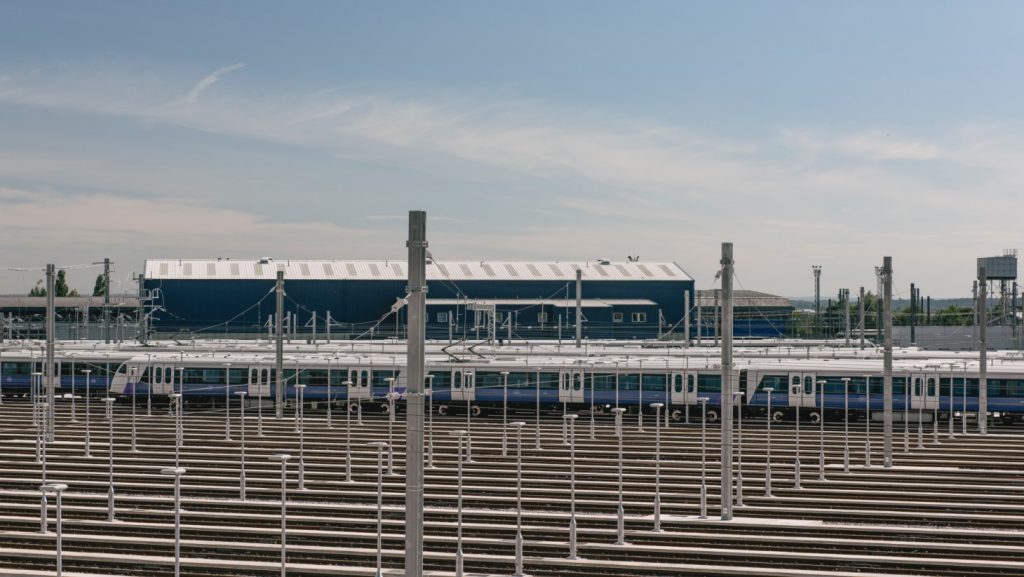HS2 Oakavee Review Observations

There appears to be a lack of clarity around the need for High Speed (HS) rail in the UK and HS2 in particular. We would expect to see a 25 year rail network plan underpinned by passenger demand; air vs rail strategy and regional growth forecasts.
The strategic demand review should then drive the HS rail engineering solution which can be phased over an appropriate time period, integrated with classic rail and supported by regional integrated business cases.
A shift in approach is required – this is not just about railway engineering but infrastructure led regeneration. The need to trap the capital uplift resulting from the rail infrastructure investment, will focus where the HS2 stations should be located and built.
Stations need to be designed in order to maximise and trap the real estate capital uplift, resulting from rail infrastructure investment, e.g. “Air Rights”.
Station overbuild “Air Rights” should be factored into an HS2 integrated business plan and delivered via a sister real estate company with its own management team and business plan.
There needs to be a far greater collaboration between all government departments (e.g. HM Treasury, DfT) together with the Mayoral Authorities, to deliver the returns and to ensure the various project costs are not managed in silos.
There is currently a lack of structure, governance and leadership at the development corporation level to trap and retain the infrastructure cost generated benefits. This is crucial to defray the rail infrastructure costs and to be able to project the net cost or return to the public purse.
London and Old Oak Common (OOC) are particularly challenging parts of the scheme along with the need to link HS2 to HS1.
OOC needs to go from a remote space to a meaningful place. As a major London terminal, the “Elizabeth Station” needs to be the beacon for the regeneration of the whole of OOC and future proofed.
GET IN TOUCH
